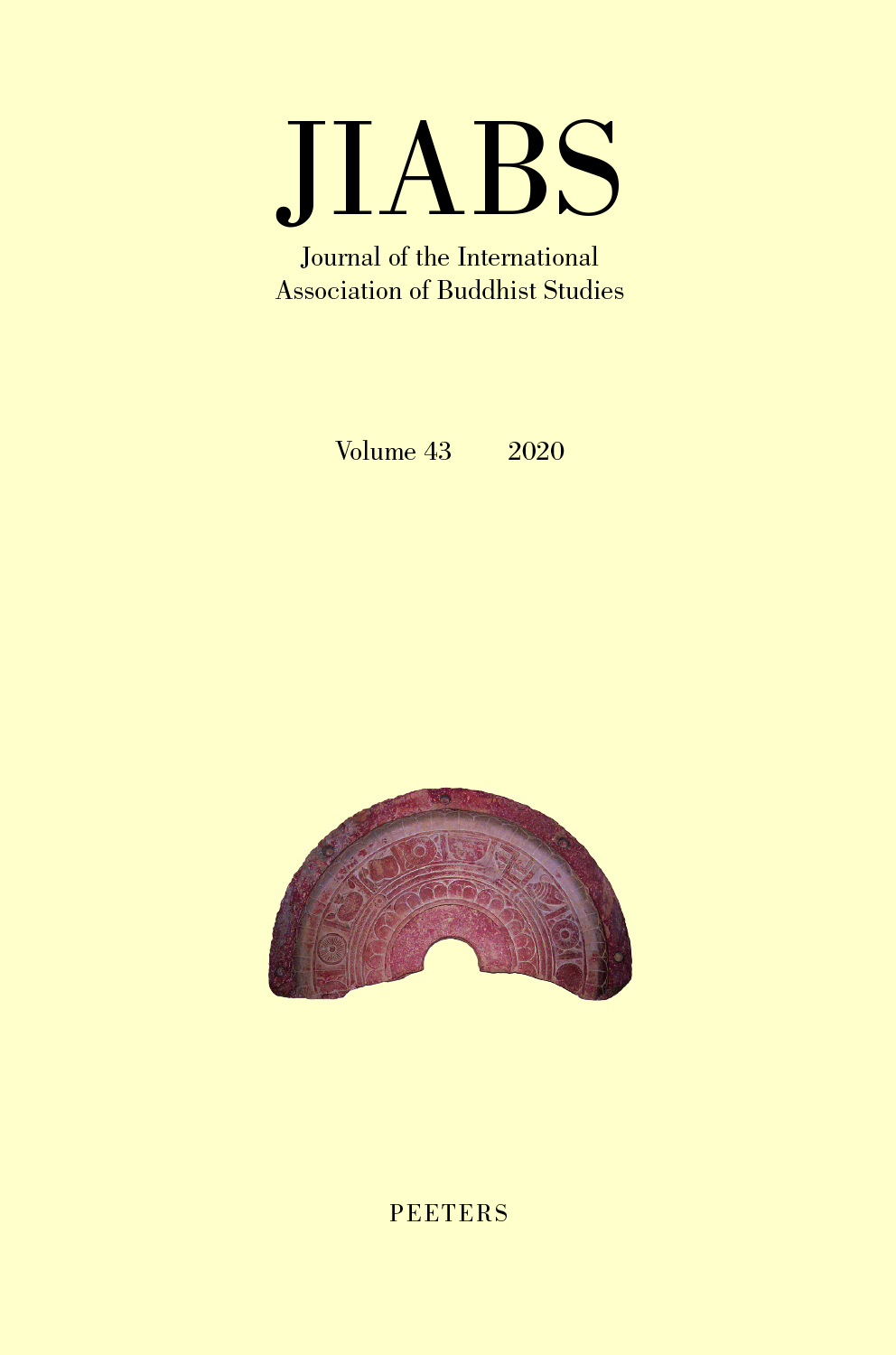 previous article in this issue previous article in this issue | next article in this issue  |

Preview first page |
Document Details : Title: Squaeling Silkworms, Bug Clothes, and Maidens Who Spit Silk Subtitle: Indian Silk and Sericulture in Medieval Chinese Buddhism Author(s): YOUNG, Stuart H. Journal: Journal of the International Association of Buddhist Studies Volume: 42 Date: 2019 Pages: 633-680 DOI: 10.2143/JIABS.42.0.3287488 Abstract : In medieval China, silk was the fabric of Buddhist monasticism. Silk enmeshed Chinese Buddhist monastery environs, monastic bodies, institutional economies, and literary discourses that helped shape Buddhist identities in China. This article examines how Chinese Buddhists sought to reconcile or remedy this state of affairs by adducing Indian Buddhist paradigms of silk production and use. In some Chinese sources, Indian Buddhism was similarly enveloped by silk. Other sources showed how Śākyamuni and the Indian sangha shunned silk as an ostentatious product of killing. Either way, Chinese Buddhist authors tied India with silk in ways that would ideally diminish the gap between Buddhism in China and in the land of its birth. |
 |


